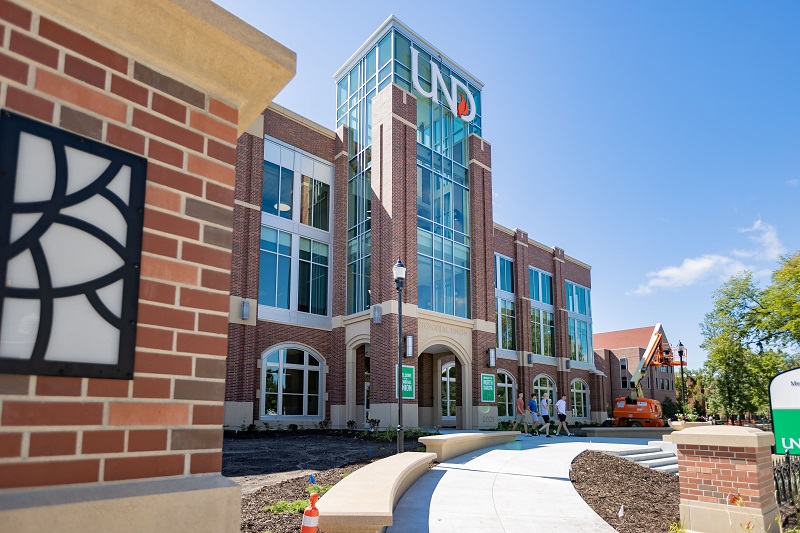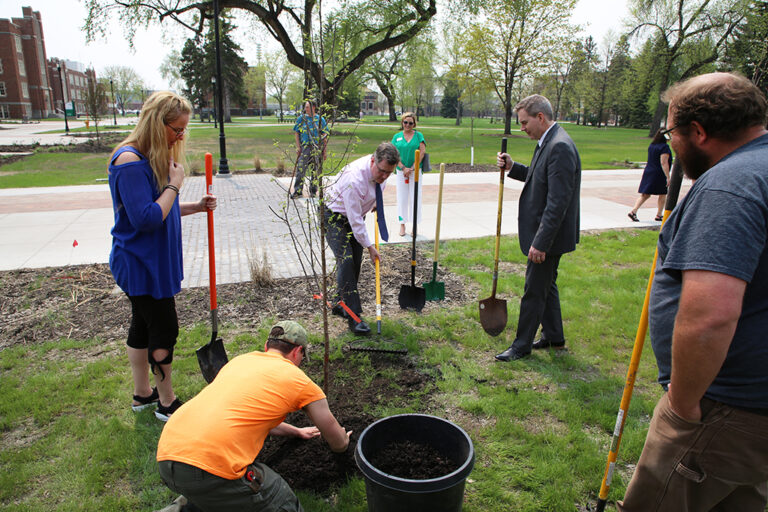Medical students push the envelope on Match Day
Opening envelopes that held the answers to where they will spend the next few years of their lives, 59 senior medical students, members of the Doctor of Medicine (M.D.) Class of 2013 at the School of Medicine and Health Sciences, learned where in the United States they will hone their skills as resident physicians. On Match Day, March 15, medical school seniors across the country found out where they will complete their residencies, a period of advanced intensive training in their chosen medical specialty before independent practice as a physician. Depending on the medical specialty, medical school graduates complete anywhere from three to seven years of residency training after medical school.
Match Day is the culmination of The National Resident Matching Program (NRMP), a private, not-for-profit corporation established in 1952 to provide a uniform date of appointment to positions of graduate medical education or residency in the United States. Each year approximately 16,000 U.S. medical school seniors participate in the residency match. Students as well as residency program directors register their preferences for each other with the NRMP. The NRMP then feeds the rank-ordered choices of the students and directors into a computer, which provides an impartial match between the two groups. In the third week of March, at the same time across the country, students open envelopes to find the results of the match.
“The match process is an exciting and a tense day for students and their families,” said Joycelyn Dorscher, associate dean for Student Affairs and Admissions at the School of Medicine and Health Sciences. “I am proud of the caliber of students who come out of this medical school; they are highly competitive for some pretty impressive residencies across the country.”
Medical students successfully matched in the traditional primary care specialties of family medicine (14), internal medicine (3), and pediatrics (8)—for a total of 25 or 42.4 percent of the class. Other specialties chosen by this year’s class include anesthesiology, neurology, emergency medicine, general surgery, obstetrics/gynecology, otolaryngology, pathology, plastic surgery, psychiatry, medicine-pediatrics, and radiology.
“Our graduates are well prepared to take on the challenges of a residency,” Dorscher said. “We should always remember how many people it took to help them get to this point. Essentially, because we are a community-based medical school, all of North Dakota participated in their education, so we should all be very proud of their accomplishments.”
For the complete Residency Match List, please visit http://bit.ly/MatchDay2013.
— Denis MacLeod, assistant director, Office of Alumni and Community Relations, School of Medicine and Health Sciences, 777.2733, denis.macleod@med.UND.edu.


